Home>Furniture & Design>Bathroom Accessories>When To Replace A Bathtub
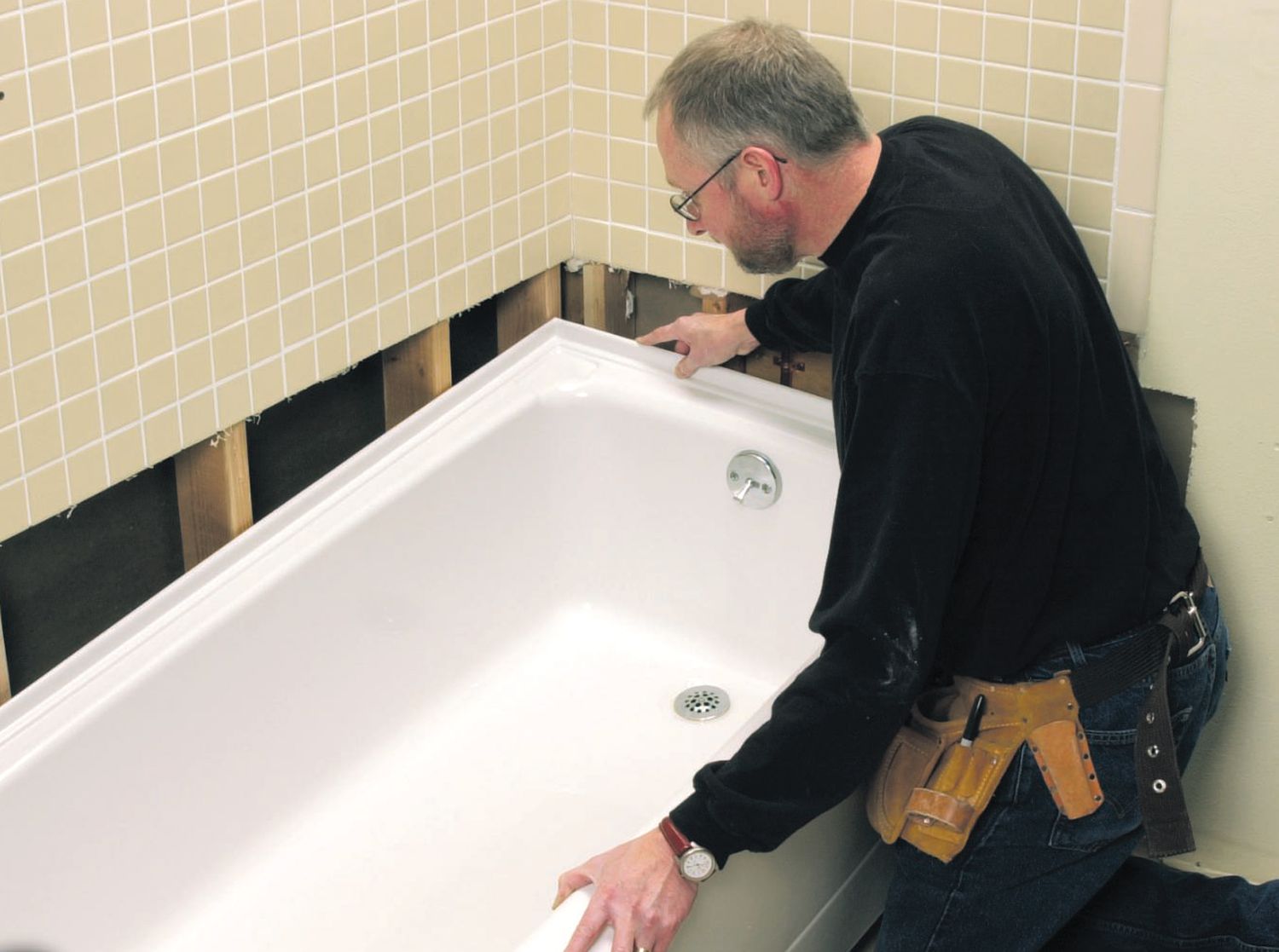

Bathroom Accessories
When To Replace A Bathtub
Modified: March 25, 2024
Learn when to replace a bathtub and explore the latest bathroom accessories for a stylish upgrade. Discover expert tips and advice for your bathroom renovation project.
(Many of the links in this article redirect to a specific reviewed product. Your purchase of these products through affiliate links helps to generate commission for Storables.com, at no extra cost. Learn more)
Signs that it's time to replace your bathtub
-
Cracks and Chips: Over time, bathtubs can develop cracks and chips, which not only detract from the aesthetic appeal but also pose a risk of injury. These imperfections can also lead to water leakage, causing damage to the surrounding areas.
-
Stains and Discoloration: Stubborn stains and discoloration that resist cleaning are a clear indication that your bathtub has seen better days. These unsightly blemishes can be a result of age, wear, and tear, making the bathtub appear dingy and uninviting.
-
Leakage and Water Damage: If you notice persistent leakage or water damage around the bathtub, it's a sign that the structural integrity of the tub may be compromised. This can lead to mold and mildew growth, posing health risks and requiring costly repairs.
-
Outdated Style: An outdated bathtub can detract from the overall aesthetics of your bathroom. If your bathtub style no longer aligns with your preferences or the current design trends, it might be time for an upgrade.
-
Lack of Functionality: If your bathtub no longer meets your needs in terms of size, depth, or features, it may be time to consider a replacement. Upgrading to a more functional and comfortable bathtub can enhance your bathing experience.
-
Frequent Repairs: Constantly repairing the same issues with your bathtub can be a clear indicator that it's reaching the end of its lifespan. Instead of investing in temporary fixes, replacing the bathtub may offer a more cost-effective and long-term solution.
-
Health and Safety Concerns: A deteriorating bathtub can pose safety hazards, especially for individuals with mobility issues. If the surface is slippery, the edges are sharp, or the structure is compromised, it's essential to prioritize the safety of household members by opting for a replacement.
-
Mold and Mildew Buildup: Persistent mold and mildew buildup in the grout lines or on the surface of the bathtub can indicate underlying issues such as poor sealing or structural damage. Replacing the bathtub can help eliminate these recurring problems.
-
Foul Odors: Unpleasant odors emanating from the bathtub area, despite thorough cleaning, can be a sign of hidden mold or bacterial growth within the structure. This not only affects the ambiance of the bathroom but also indicates potential health risks.
-
Aesthetic Upgrade: If you're renovating your bathroom or aiming to enhance its overall appeal, replacing the bathtub can be a pivotal step in achieving a fresh, modern look.
By recognizing these signs, you can make an informed decision about the timing of bathtub replacement, ensuring that your bathroom remains a functional, safe, and visually appealing space.
Key Takeaways:
- Time to Replace Your Bathtub
If your bathtub has cracks, stains, leaks, or outdated style, it’s time for a replacement. Upgrading can enhance safety, aesthetics, and functionality for a better bathing experience. - Considerations for Bathtub Replacement
Before replacing your bathtub, consider budget, space, material, safety, and aesthetics. Careful evaluation ensures a successful and satisfying outcome for your bathroom upgrade.
Read more: When Was The Bathtub Invented
Factors to consider before replacing a bathtub
Before embarking on the journey of replacing a bathtub, several crucial factors warrant careful consideration. By evaluating these aspects, you can make well-informed decisions that align with your needs, preferences, and budget.
1. Budget and Cost Considerations
Assessing your budget is a fundamental starting point. Replacement costs can vary significantly based on factors such as the type of bathtub, installation requirements, and any additional modifications needed. It's essential to establish a clear budget that encompasses not only the cost of the new bathtub but also potential expenses related to plumbing, fixtures, and labor.
2. Available Space and Layout
The dimensions and layout of your bathroom play a pivotal role in determining the type of bathtub that can be accommodated. Consider the available space, including the clearance required for installation and accessibility. Additionally, evaluate whether the existing plumbing and drainage systems are compatible with the new bathtub or if any modifications are necessary.
3. Material and Style Options
Explore the diverse range of bathtub materials and styles available in the market. From classic porcelain and acrylic to luxurious stone and composite materials, each option offers unique aesthetics, durability, and maintenance requirements. Consider the visual appeal, functionality, and longevity of different materials to select the most suitable option for your preferences and lifestyle.
Read more: How To Replace The Bathtub Drain
4. Long-Term Durability and Maintenance
Assess the long-term durability and maintenance needs of prospective bathtub options. While certain materials may offer exceptional durability, they might require more intensive maintenance. Conversely, low-maintenance materials may have specific limitations in terms of longevity. Understanding these aspects can help you choose a bathtub that aligns with your maintenance preferences and lifestyle.
5. Accessibility and Safety Features
If accessibility is a priority, consider the incorporation of safety features such as grab bars, non-slip surfaces, and easy-entry designs. These elements can enhance the safety and comfort of the bathtub, catering to the needs of individuals with mobility challenges or those planning for future aging-in-place considerations.
6. Energy Efficiency and Environmental Impact
Evaluate the energy efficiency and environmental impact of different bathtub options. Some modern bathtubs are designed with features that promote water conservation and energy efficiency, aligning with sustainable living practices. By considering these aspects, you can contribute to environmental conservation while potentially reducing long-term utility costs.
7. Aesthetic Integration with the Bathroom
Consider how the new bathtub will integrate with the overall aesthetic of your bathroom. Assess factors such as color coordination, design coherence, and the visual impact of the bathtub within the existing space. A harmonious integration can elevate the ambiance of the bathroom and contribute to a cohesive design theme.
Read more: How To Replace Stopper In A Bathtub
8. Professional Installation and Permit Requirements
Engaging professional installers is crucial for ensuring the proper fitting and installation of the new bathtub. Additionally, inquire about any permit requirements or building codes that may apply to the replacement process. Adhering to these regulations is essential for a seamless and compliant installation.
By carefully evaluating these factors, you can navigate the process of replacing a bathtub with clarity and confidence, ultimately leading to a successful and satisfying outcome.
Steps to take when replacing a bathtub
-
Assessment and Planning: Begin by thoroughly assessing the existing bathtub and its surroundings. Evaluate the condition of the walls, flooring, and plumbing fixtures to identify any potential issues that may need attention during the replacement process. Measure the dimensions of the current bathtub space to determine the compatibility of different replacement options. Additionally, consider the desired features and aesthetics of the new bathtub to inform the selection process.
-
Selection of New Bathtub: Explore the diverse range of bathtub options available, considering factors such as material, style, size, and additional features. Whether opting for a classic porcelain tub, a modern acrylic model, or a luxurious stone composite design, ensure that the chosen bathtub aligns with the identified preferences and practical requirements. Take into account the accessibility and safety features that may be necessary, especially if catering to specific needs or future considerations.
-
Preparation of Surrounding Area: Clear the area around the existing bathtub, removing any accessories, fixtures, and personal items. Protect the flooring and adjacent surfaces to prevent damage during the removal and installation process. If necessary, disconnect the plumbing and ensure that the water supply is turned off before proceeding with the removal of the old bathtub.
-
Removal of Old Bathtub: Carefully dismantle and remove the old bathtub, taking precautions to avoid damage to the surrounding walls and flooring. Depending on the type of bathtub and its installation method, this step may require assistance from professionals to ensure safe and efficient removal. Dispose of the old bathtub responsibly, adhering to local waste disposal regulations.
-
Preparation for New Installation: Address any underlying issues or damage discovered during the removal process. Repair or reinforce the walls, flooring, and plumbing connections as needed to create a stable and secure foundation for the new bathtub. Ensure that the drainage system is properly aligned and that any required modifications are completed before proceeding with the installation.
-
Installation of New Bathtub: Position the new bathtub in the designated space, ensuring a precise fit and alignment. Secure the bathtub in place according to the manufacturer's guidelines, taking care to level and stabilize the unit. Connect the plumbing fixtures, including the faucet, drain, and any additional accessories, to ensure proper functionality and water-tight seals. Verify that the installation complies with safety and building code requirements.
-
Finishing Touches and Testing: Complete the surrounding area by installing any necessary trim, seals, or accessories to enhance the visual appeal and functionality of the new bathtub. Test the water flow, drainage, and overall performance of the installed bathtub to confirm that it meets the desired standards. Conduct a thorough inspection to identify and address any potential issues before finalizing the replacement process.
-
Cleanup and Restoration: Clear the workspace of any debris, packaging materials, and remnants from the installation process. Clean and restore the surrounding area, ensuring that the bathroom regains its original functionality and aesthetic appeal. Dispose of any waste materials in accordance with local regulations, leaving the space ready for immediate use.
By following these comprehensive steps, you can navigate the process of replacing a bathtub with precision and efficiency, resulting in a revitalized and functional bathroom space.
Cost of replacing a bathtub
The cost of replacing a bathtub can vary significantly based on several factors, encompassing the selection of the new bathtub, installation requirements, additional modifications, and professional labor. Understanding the potential expenses associated with this home improvement project is essential for effective budget planning and informed decision-making.
Factors Influencing Costs
-
Bathtub Selection: The type and quality of the new bathtub play a pivotal role in determining the overall cost. Options range from standard acrylic tubs to high-end materials such as cast iron or stone. Each material comes with its own price point, reflecting factors such as durability, aesthetics, and maintenance requirements.
-
Installation Complexity: The complexity of the installation process can impact the overall cost. Factors such as the need for structural modifications, plumbing adjustments, and additional features like built-in seating or customized fittings can contribute to higher installation expenses.
-
Professional Labor: Engaging professional installers for the replacement of a bathtub incurs labor costs. The expertise and experience of professionals ensure a seamless and compliant installation, but it is essential to consider these expenses when budgeting for the project.
-
Additional Fixtures and Accessories: Incorporating new fixtures, faucets, showerheads, and accessories as part of the replacement process adds to the total cost. These elements contribute to the functionality and aesthetics of the new bathtub area, enhancing the overall bathing experience.
Read more: How To Replace Your Bathtub
Cost Breakdown
The cost breakdown for replacing a bathtub typically includes the following elements:
-
Bathtub Purchase: The price of the new bathtub varies based on the selected material, style, and brand. Basic acrylic tubs may start at a few hundred dollars, while premium options can range into the thousands.
-
Installation and Labor: Professional installation services come with associated labor costs, which depend on the complexity of the project and the time required for completion. This aspect is crucial for ensuring the proper fitting and functionality of the new bathtub.
-
Plumbing and Modifications: If plumbing adjustments or structural modifications are necessary to accommodate the new bathtub, these expenses should be factored into the overall cost. Ensuring that the plumbing connections and drainage systems align with the new bathtub is essential for a successful replacement.
-
Accessories and Fixtures: The inclusion of additional accessories and fixtures, such as faucets, showerheads, grab bars, and seating features, contributes to the total cost. These elements enhance the functionality and aesthetics of the bathtub area.
Cost Range
The total cost of replacing a bathtub can range from a few hundred dollars to several thousand, depending on the aforementioned factors. It is advisable to obtain detailed quotes from reputable suppliers and installation professionals to accurately assess the potential expenses. Additionally, factoring in potential unforeseen costs or contingencies in the budget can provide a buffer for unexpected requirements that may arise during the replacement process.
By comprehensively evaluating the cost considerations associated with replacing a bathtub, homeowners can make informed decisions and effectively plan for this home improvement endeavor.
Benefits of replacing a bathtub
Replacing a bathtub offers a multitude of compelling benefits that extend beyond mere aesthetic enhancements. By embracing this home improvement endeavor, homeowners can elevate the functionality, safety, and overall appeal of their bathroom space. Here are the key advantages of replacing a bathtub:
Enhanced Aesthetics and Ambiance
A new bathtub can serve as a focal point, infusing the bathroom with a fresh and inviting ambiance. Whether opting for a sleek modern design or a timeless classic, the updated bathtub becomes a defining element that contributes to the overall aesthetic appeal of the space. The cohesive integration of a new bathtub can transform the entire bathroom, creating a visually harmonious environment that exudes comfort and style.
Read more: How To Replace A Bathtub With A Shower?
Improved Functionality and Comfort
Upgrading to a new bathtub allows homeowners to tailor the features and dimensions to better suit their bathing preferences. Whether seeking a deeper soaking tub, a spacious freestanding model, or a versatile shower-bathtub combination, the replacement process presents an opportunity to enhance the functionality and comfort of the bathing experience. Customized features such as built-in seating, ergonomic designs, and convenient storage options can elevate the overall usability of the bathtub area.
Upgraded Safety and Accessibility
Modern bathtubs often incorporate advanced safety features designed to cater to individuals with diverse mobility needs. Non-slip surfaces, strategically placed grab bars, and easy-entry designs contribute to a safer bathing environment, reducing the risk of slips and falls. For households with elderly family members or individuals with physical limitations, the replacement of a bathtub can significantly enhance accessibility and promote independent bathing with peace of mind.
Structural Integrity and Longevity
Over time, older bathtubs may exhibit signs of wear, including cracks, leaks, and compromised structural integrity. By replacing the bathtub, homeowners can eliminate these concerns and invest in a durable, long-lasting fixture. The use of high-quality materials and professional installation ensures that the new bathtub offers robust structural integrity, minimizing the need for frequent repairs and maintenance.
Hygiene and Cleanliness
Older bathtubs may harbor stubborn stains, discoloration, and mold growth that resist cleaning efforts. The replacement of the bathtub presents an opportunity to eliminate these hygiene concerns, creating a fresh and hygienic bathing environment. Modern materials and finishes are designed to resist staining and facilitate easier cleaning, contributing to improved cleanliness and hygiene maintenance.
Read more: How To Replace Bathtub Caulking
Property Value Enhancement
The installation of a new bathtub can enhance the overall value and appeal of the property. Potential homebuyers are often drawn to updated bathrooms with modern fixtures, making the replacement of a bathtub a strategic investment in the long-term marketability and desirability of the home. The updated bathroom becomes a compelling selling point, reflecting the care and attention to detail invested in the property.
By embracing the benefits of replacing a bathtub, homeowners can elevate their bathroom space, fostering a harmonious blend of aesthetics, functionality, and safety. This transformative endeavor not only enhances the daily bathing experience but also contributes to the overall value and appeal of the home.
Frequently Asked Questions about When To Replace A Bathtub
Was this page helpful?
At Storables.com, we guarantee accurate and reliable information. Our content, validated by Expert Board Contributors, is crafted following stringent Editorial Policies. We're committed to providing you with well-researched, expert-backed insights for all your informational needs.
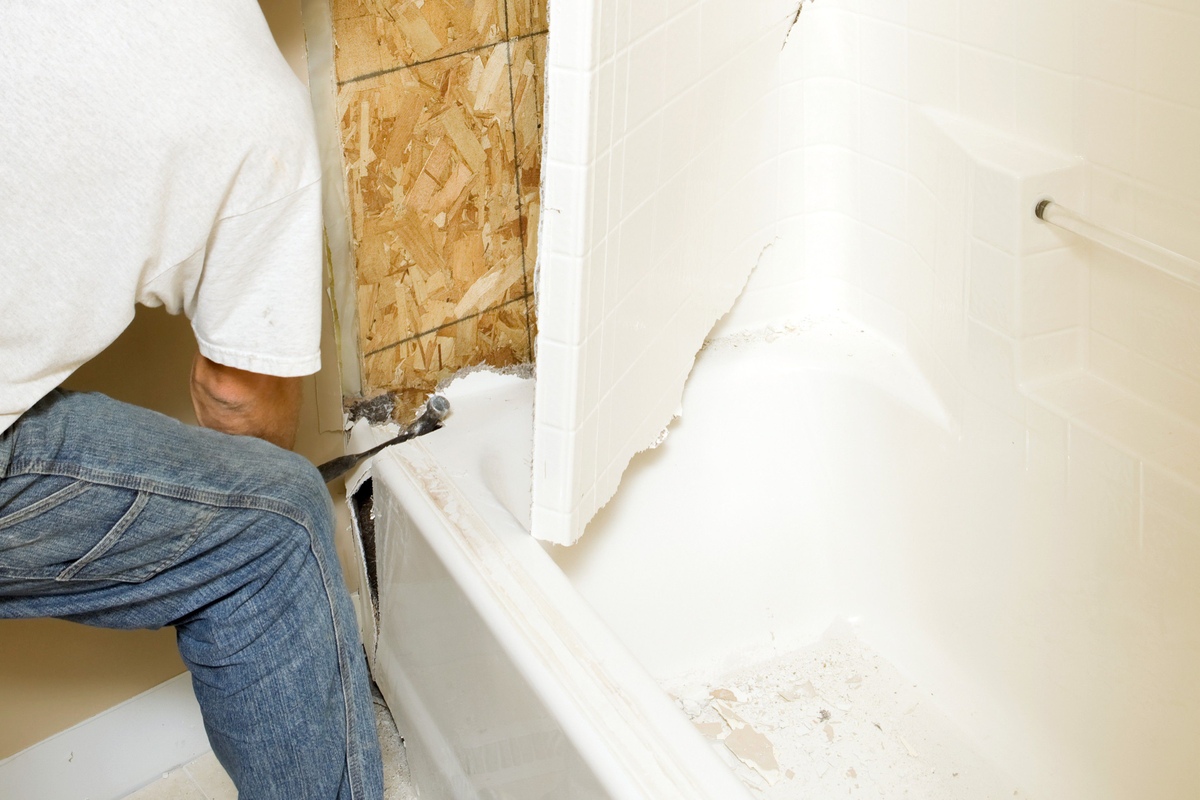
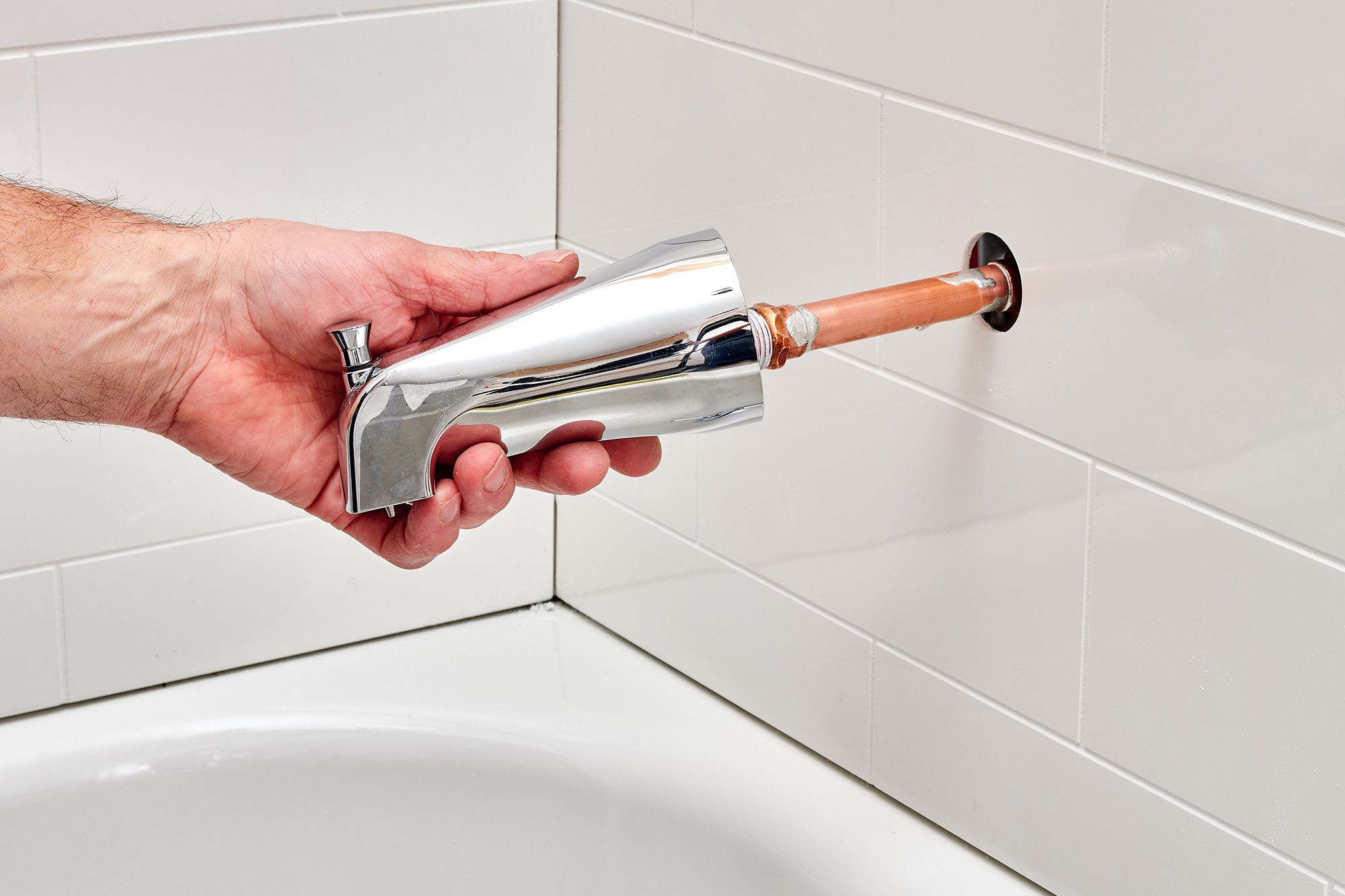
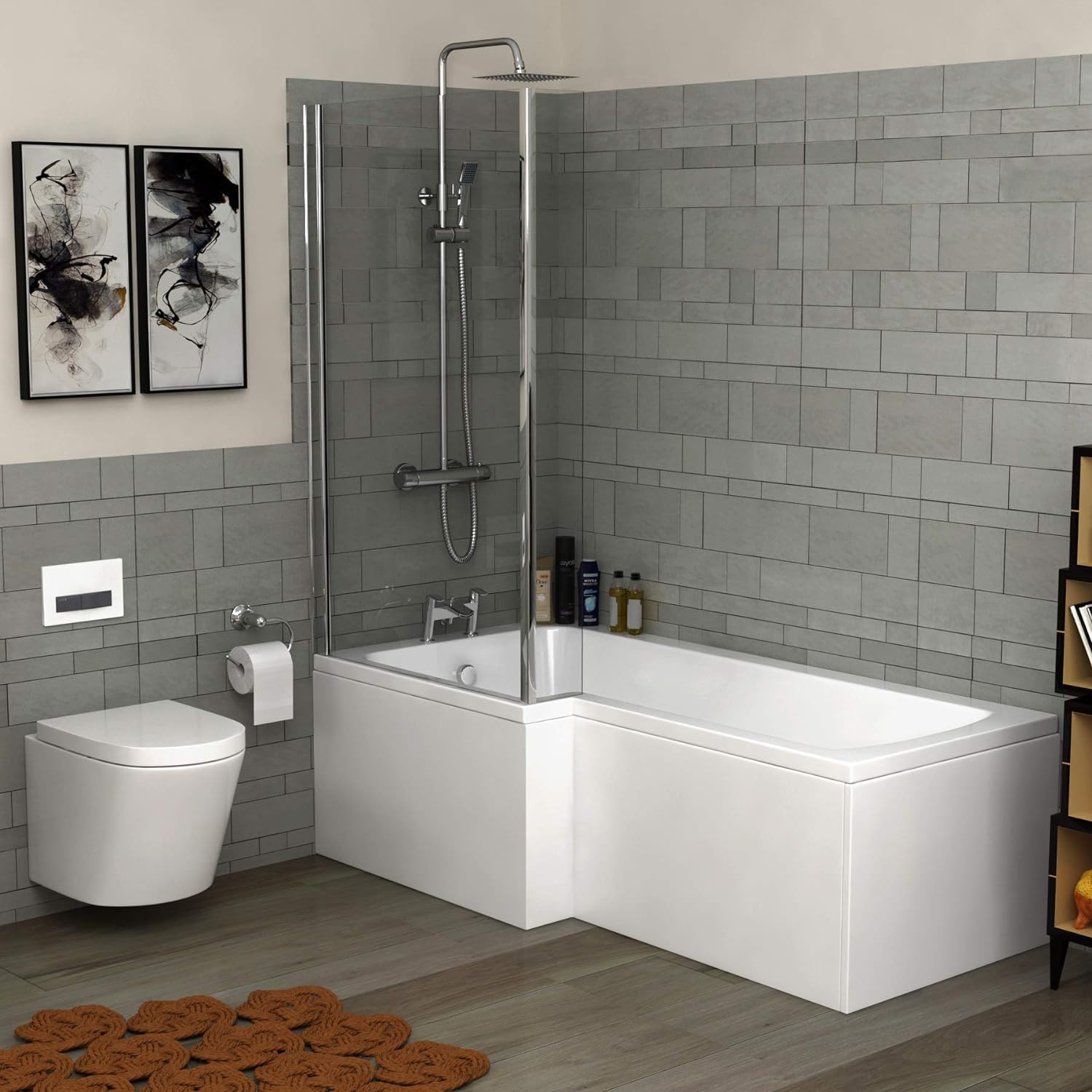
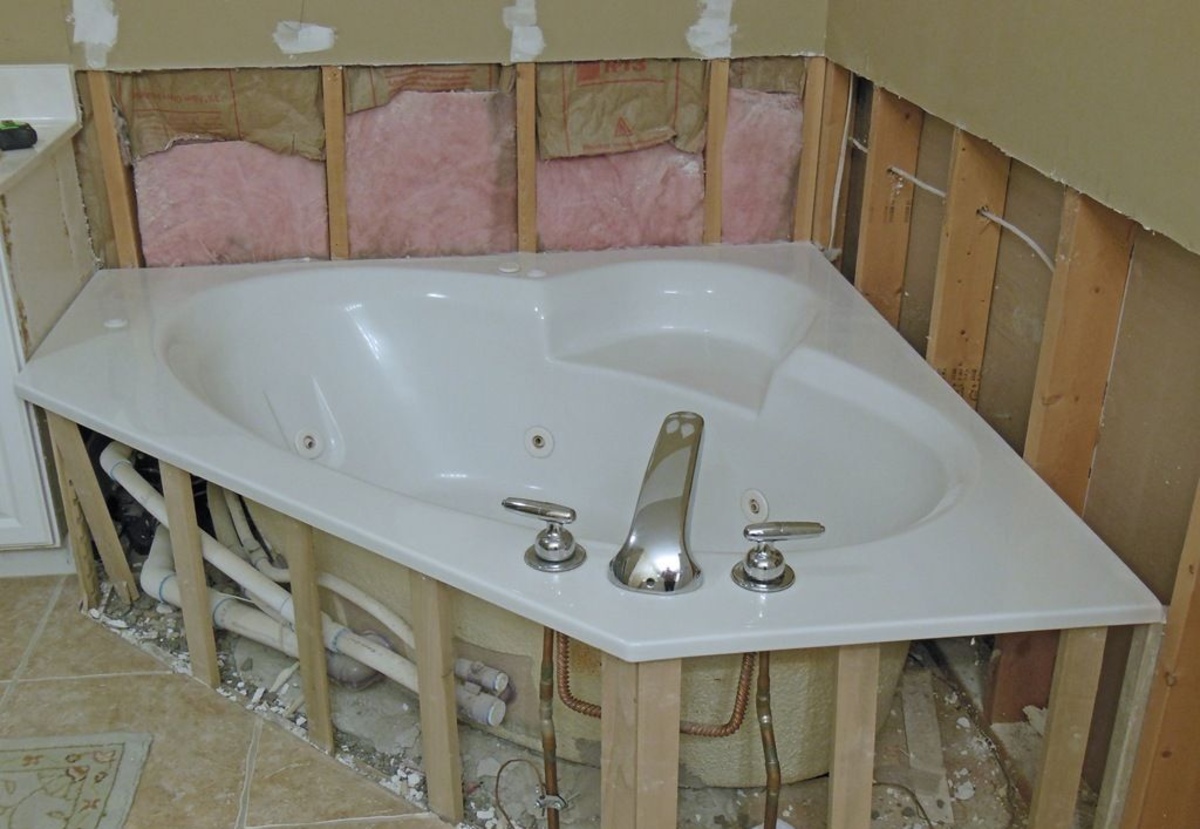
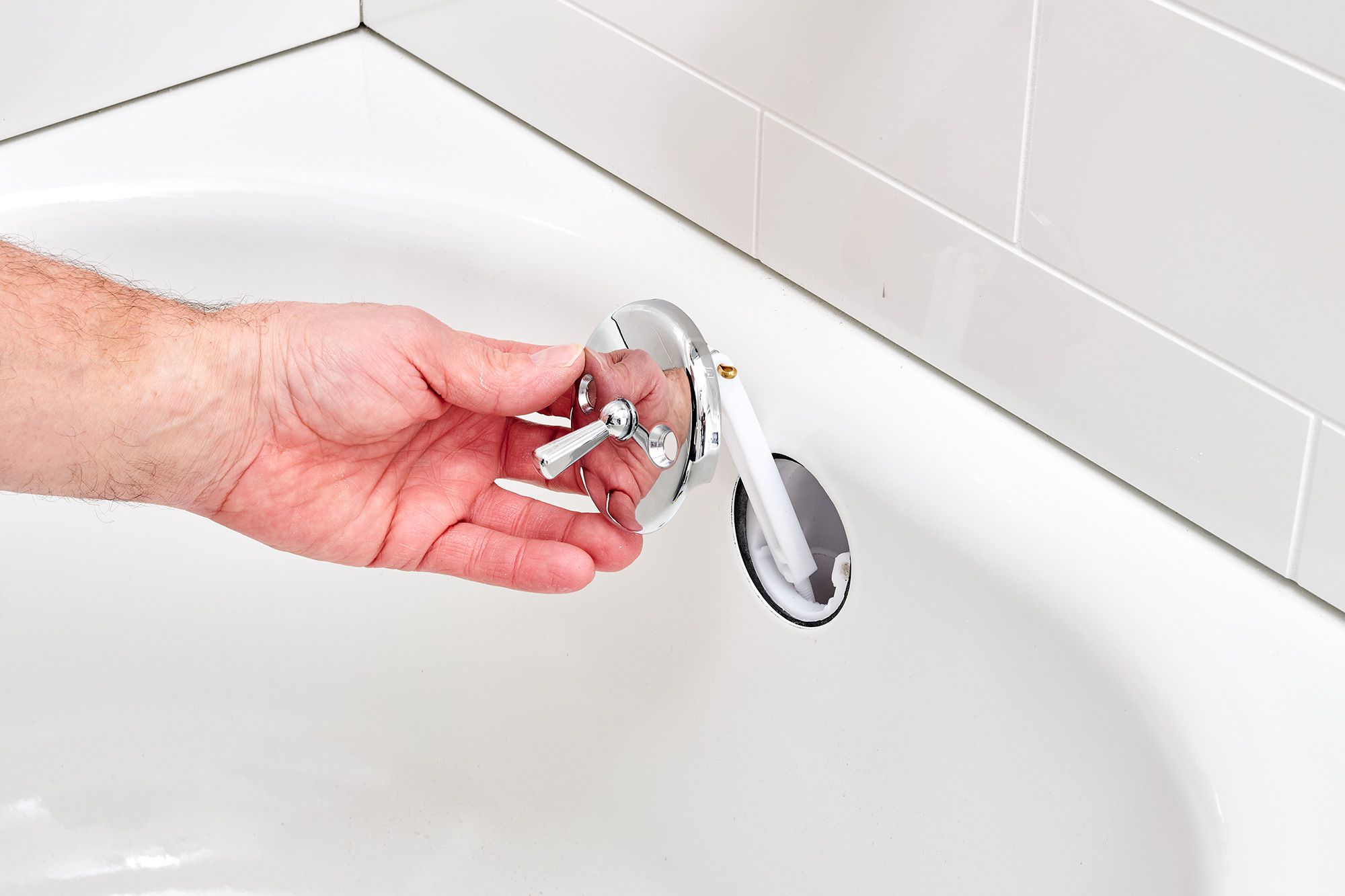
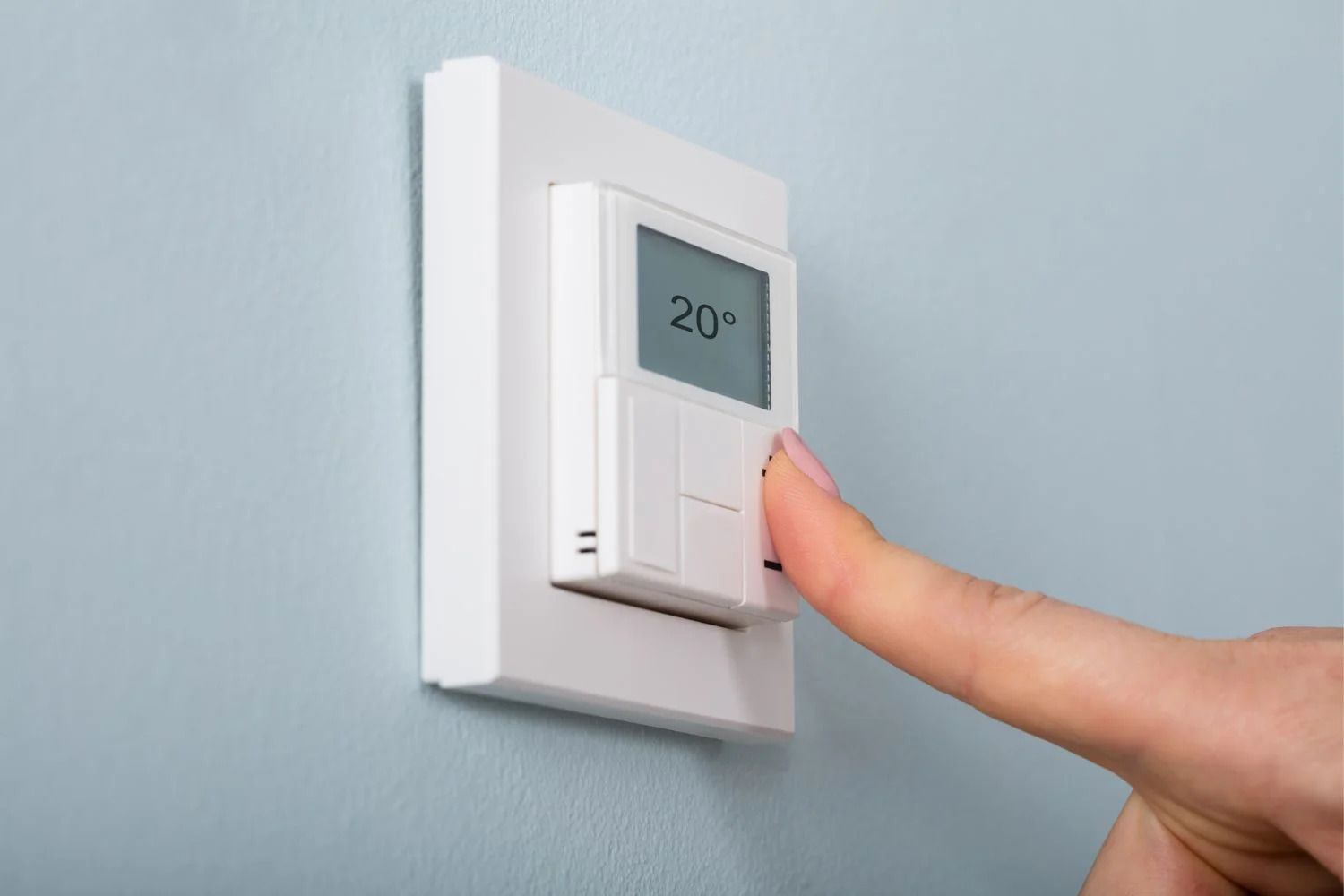
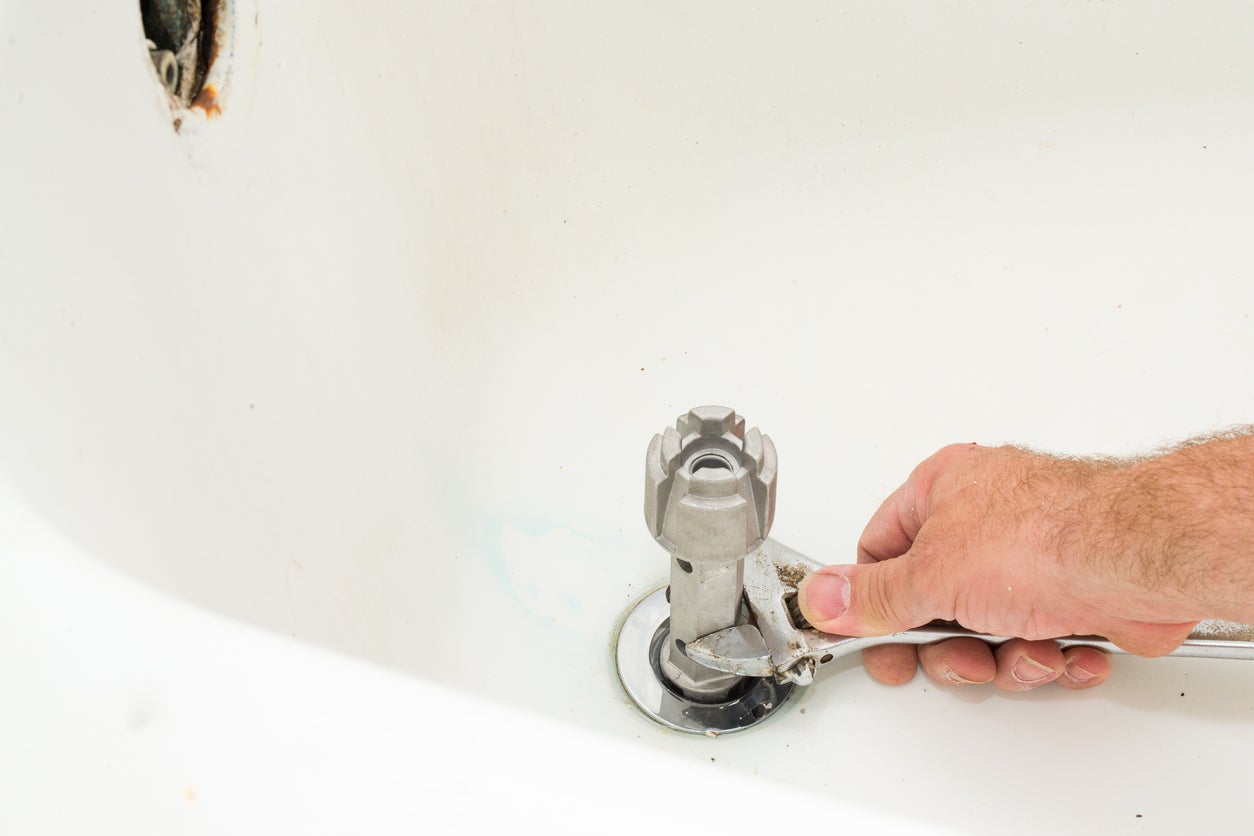

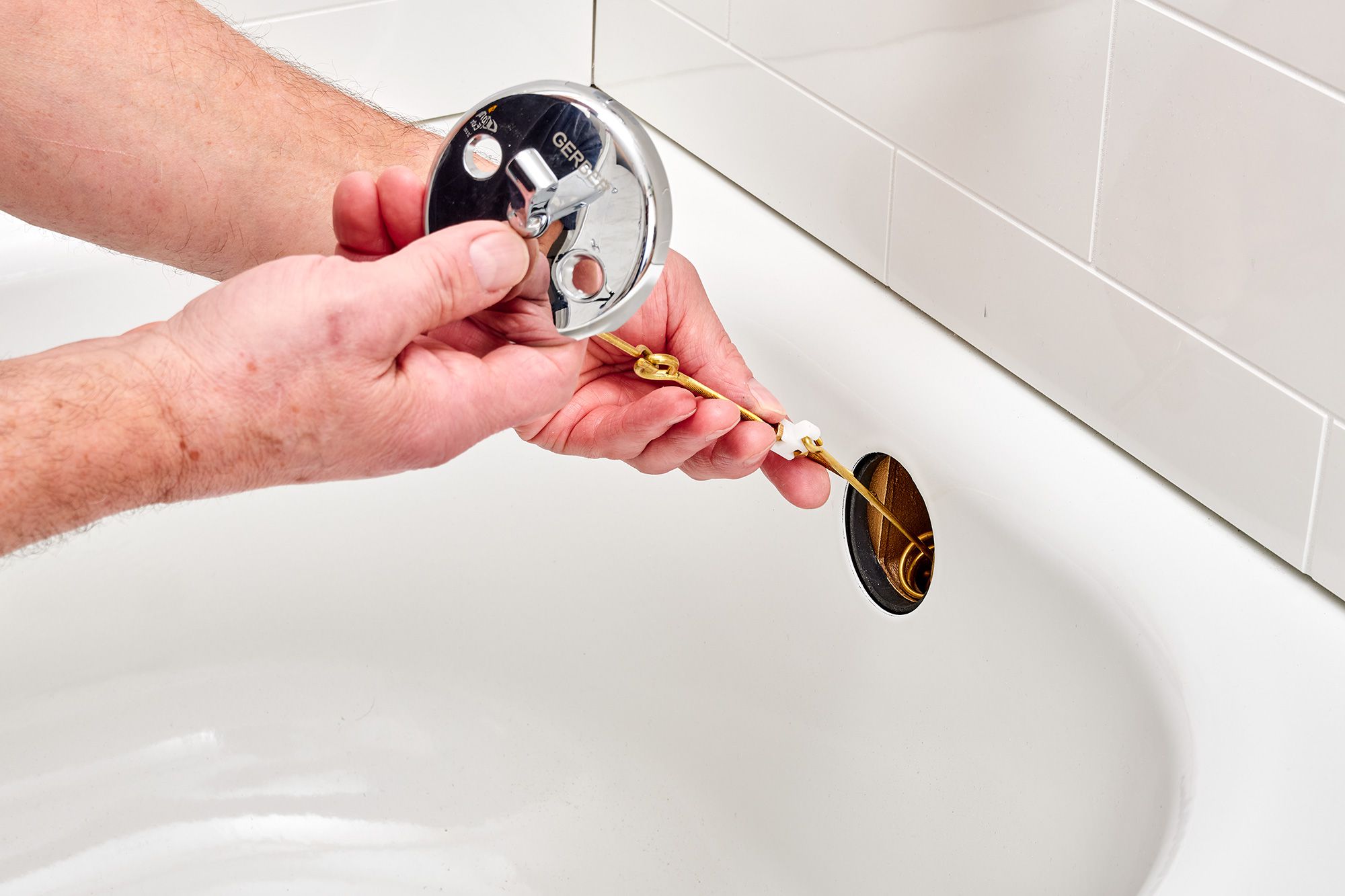
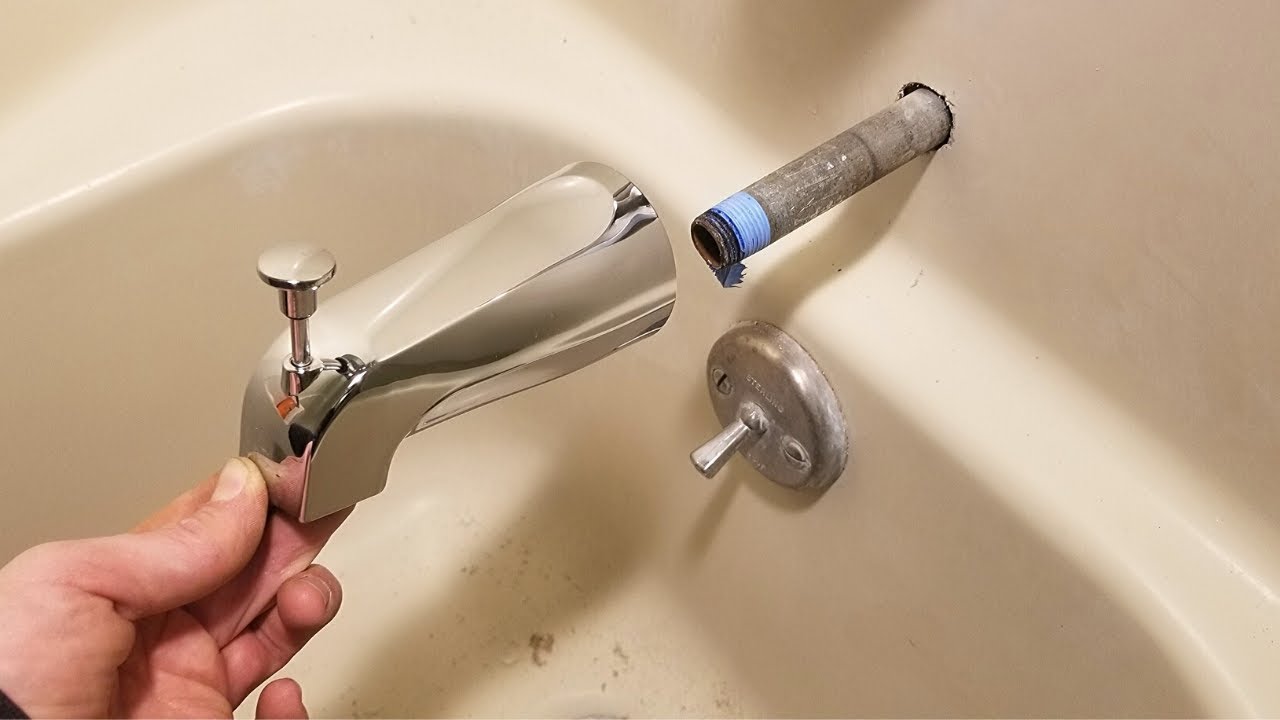

0 thoughts on “When To Replace A Bathtub”